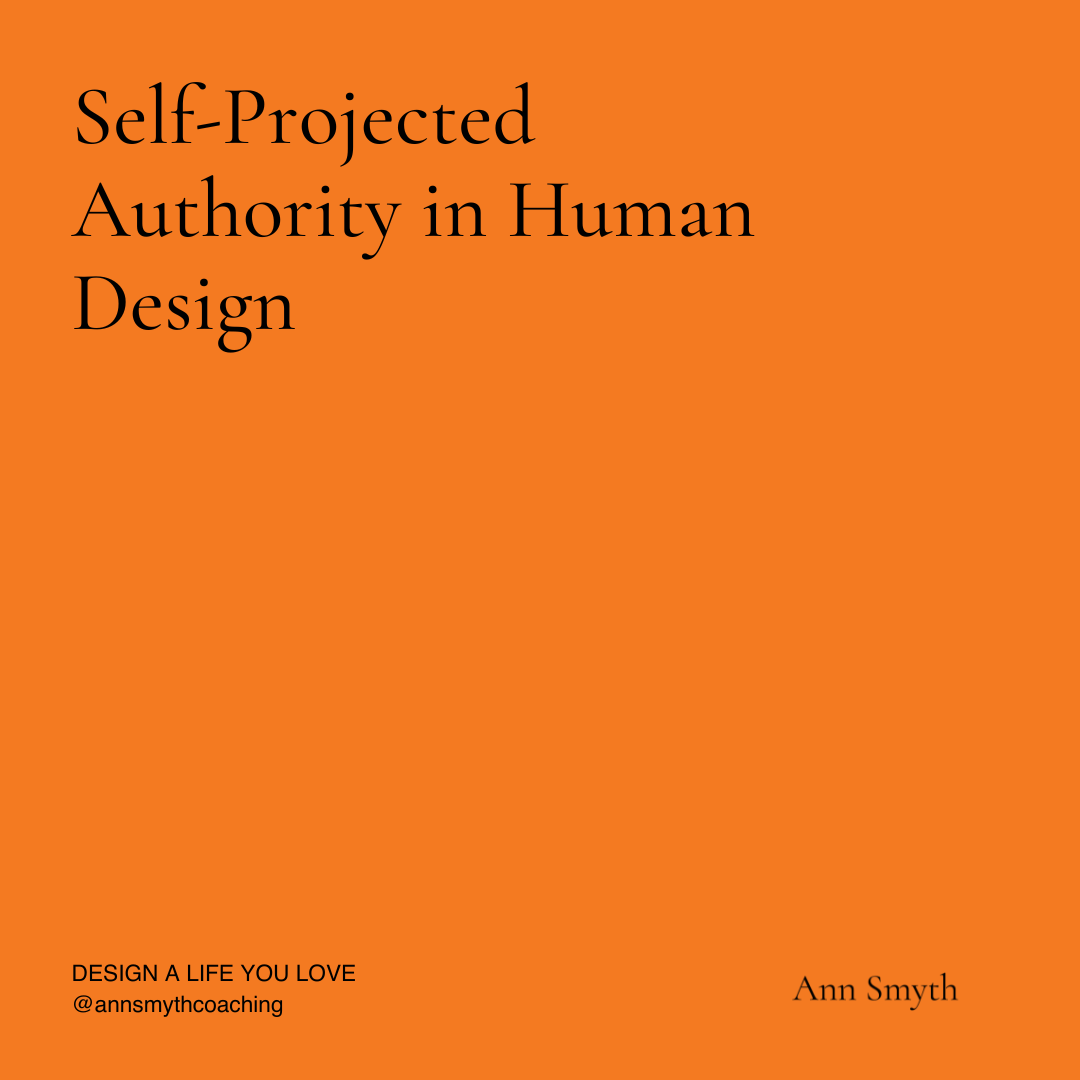5 Ways to Create Connection Before a Difficult Conversation: A Neuroscience-Based Approach
“The more we empathize with the other party, the safer we feel.”
Difficult conversations are an inevitable part of life—whether you’re navigating tension with a loved one, offering feedback at work, or approaching a sensitive topic with a friend. These moments can feel daunting. You may find yourself overthinking, second-guessing your words, or feeling a knot in your stomach before you even begin.
But it doesn’t have to be that way.
With the right tools and preparation, you can create a sense of calm and connection before the conversation even starts. Neuroscience shows us that how we regulate ourselves before a difficult dialogue significantly impacts how that conversation unfolds. When we approach these moments with presence, intention, and a grounded nervous system, we increase the chance of being heard—and of hearing others in return.
In this post, we’ll explore why connection matters, the science behind scripting, and provide five actionable strategies to create a connection before a difficult conversation. You’ll also find journal prompts, book recommendations, and links to related articles to deepen your understanding.
Why Scripting Works: The Science Behind It
1. How Scripting Helps
Reduces anxiety: When you have a script, you feel more prepared and less anxious. This helps regulate your nervous system, keeping you calm and focused.
Promotes clarity: Scripting forces you to clarify your thoughts and intentions, making your communication more concise and effective.
Builds confidence: Knowing what you want to say in advance boosts your confidence, helping you approach the conversation with a sense of control.
2. When to Use Scripting
Before high-stakes conversations (e.g., performance reviews, relationship conflicts, or financial discussions).
When you anticipate emotional triggers or defensiveness (yours or the other person’s).
Whenever you want to ensure your message is clear and aligned with your intentions.
3. Why Scripting Matters for Self-Awareness and Communication
Everyone communicates differently: Some people speak more spontaneously, while others need time to process before expressing themselves clearly. Scripting helps both groups find clarity in their own way.
Emotional regulation improves clarity: Preparing your words in advance helps reduce impulsive or emotionally reactive communication. This supports a more grounded, respectful tone—even intense conversations.
Self-reflection builds confidence: Taking the time to consider your intentions, needs, and boundaries before a conversation means you’re less likely to abandon them in the moment.
Authenticity is easier when you're prepared: Rather than getting swept up in another person’s energy or defensiveness, scripting anchors you in your values and message—helping you show up as your best self.
5 Ways to Create Connection Before a Difficult Conversation
1. Regulate Your Nervous System First
Theory: Before engaging in a difficult conversation, it’s essential to regulate your own nervous system. This ensures you approach the conversation from a place of calm and clarity.
Script:
Take five deep breaths, focusing on exhaling longer than you inhale. This activates the vagus nerve, which helps calm the nervous system.
Use a grounding technique: Place your feet firmly on the ground and say to yourself, “I am calm, I am present, and I am ready to connect.”
Related Reading:
Mastering the Art of Stress Management: It's Not the Issue, It's Your Response
2. Use Open-Ended Questions to Foster Empathy
Theory: Open-ended questions encourage the other person to share their perspective, which activates mirror neurons and fosters empathy.
Script:
Start with: “I’d love to understand your perspective on this. Can you share how you’re feeling about the situation?”
Follow up with: “What’s most important to you in resolving this?”
Related Reading:
Mastering Communication: Leveraging Human Design for Greater Self-Awareness and Success
3. Acknowledge Their Feelings and Validate Their Experience
Theory: Validation helps regulate the other person’s nervous system, making them feel heard and understood. This reduces defensiveness and opens the door for productive dialogue.
Script:
“I can see that this situation has been really challenging for you, and I appreciate you sharing your feelings.”
“It makes sense that you’d feel that way given what you’ve been through.”
Related Reading:
The Art of Self-Validation: Breaking Free from the Need to Be Seen
4. Share Your Intentions Clearly and Authentically
Theory: Communicating your intentions clearly reduces ambiguity and builds trust. This is especially important for those with a defined throat centre in human design, who thrive on clear and authentic communication.
Script:
“My intention in having this conversation is to find a solution that works for both of us.”
“I want to ensure we’re both on the same page and feel good about the outcome.”
Related Reading:
Human Design Throat Centre
5. Create a Shared Vision for Resolution
Theory: Neuroscience shows that when people focus on a shared goal, their brains release oxytocin, the “bonding hormone,” which fosters connection and cooperation.
Script:
“What would a successful resolution look like for you?”
“How can we work together to create a solution that feels good for both of us?”
Related Reading:
Unlocking Well-Being: Time Minimalism, Human Design, and the Philosophy of Designing a Life You Love
Journal Prompts and Reflections
To deepen your understanding of how to approach difficult conversations, take some time to reflect on the following prompts:
Regulation Reflection:
What physical sensations do I notice in my body when I anticipate a difficult conversation?
How can I use breathing or grounding techniques to regulate my nervous system?
Empathy Exploration:
When was the last time I felt truly heard and understood in a conversation?
What did the other person do to create that sense of connection?
Intentions and Outcomes:
What are my typical intentions when entering a difficult conversation?
How can I communicate those intentions more clearly to build trust?
Shared Vision:
What does a successful resolution look like for me in a current challenging situation?
How can I align my vision with the other person’s needs?
Suggested Books for Further Reading
Nonviolent Communication: A Language of Life – Marshall B. Rosenberg
The Body Keeps the Score: Brain, Mind, and Body in the Healing of Trauma – Bessel van der Kolk
Understanding Human Design: The New Science of Astrology – Karen Curry Parker
Conclusion
Difficult conversations don’t have to be daunting. By integrating principles from neuroscience and communication, you can create a foundation of connection and regulation that leads to more productive and meaningful dialogue. Scripting is a powerful tool that helps you stay calm, clear, and confident while fostering empathy and trust with the other person.
Remember, the key to successful communication lies in preparation, regulation, and a shared vision for resolution. Whether you’re navigating a personal conflict or a professional challenge, these strategies will help you approach difficult conversations with grace and authenticity.
Support for the life you are designing
If you found this post helpful and want to explore how to integrate these principles into your life more deeply, consider exploring my coaching packages designed to help you design a life you love:
👉 Explore Coaching Packages
More to Explore
This post may contain affiliate links.




